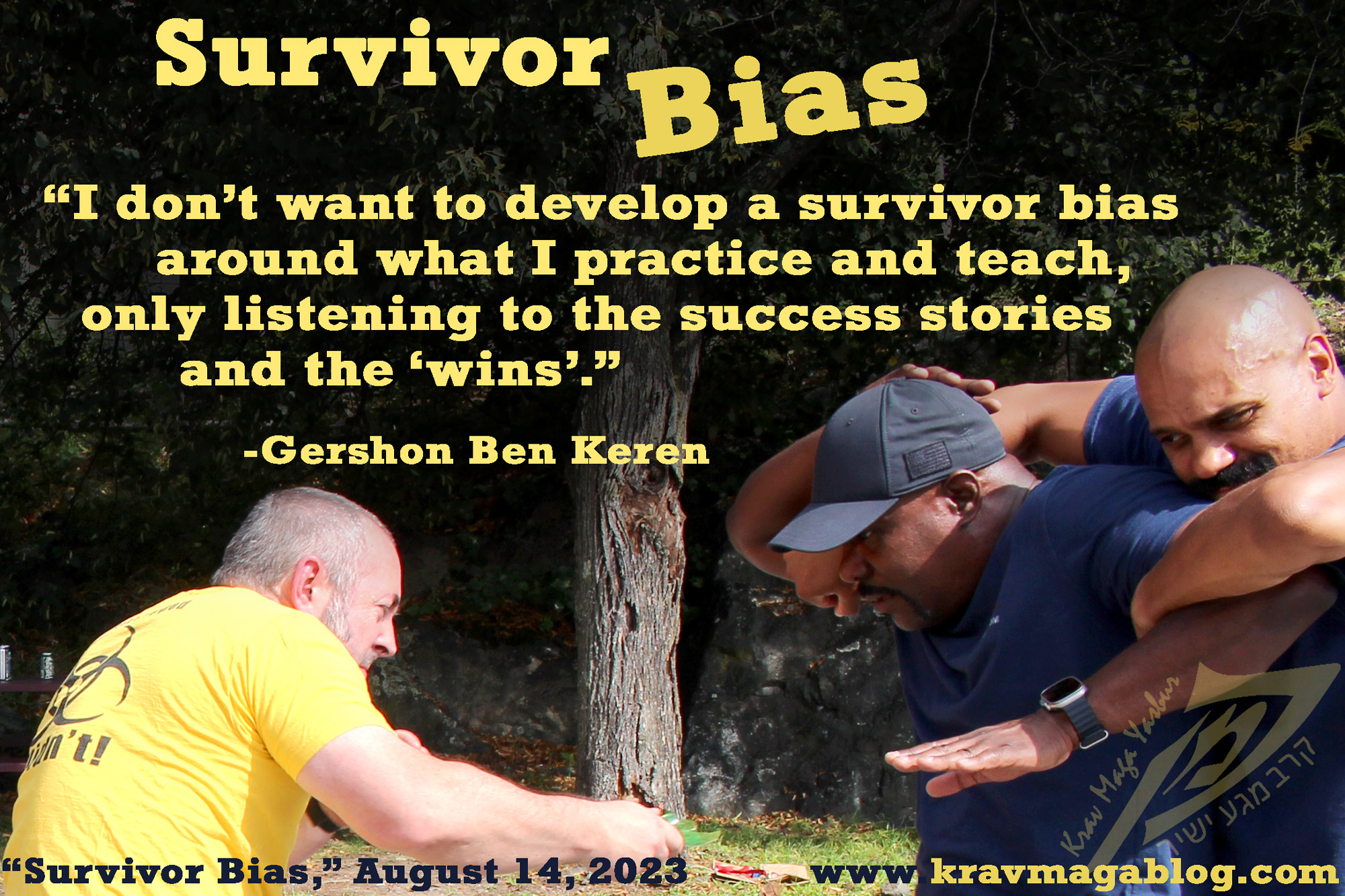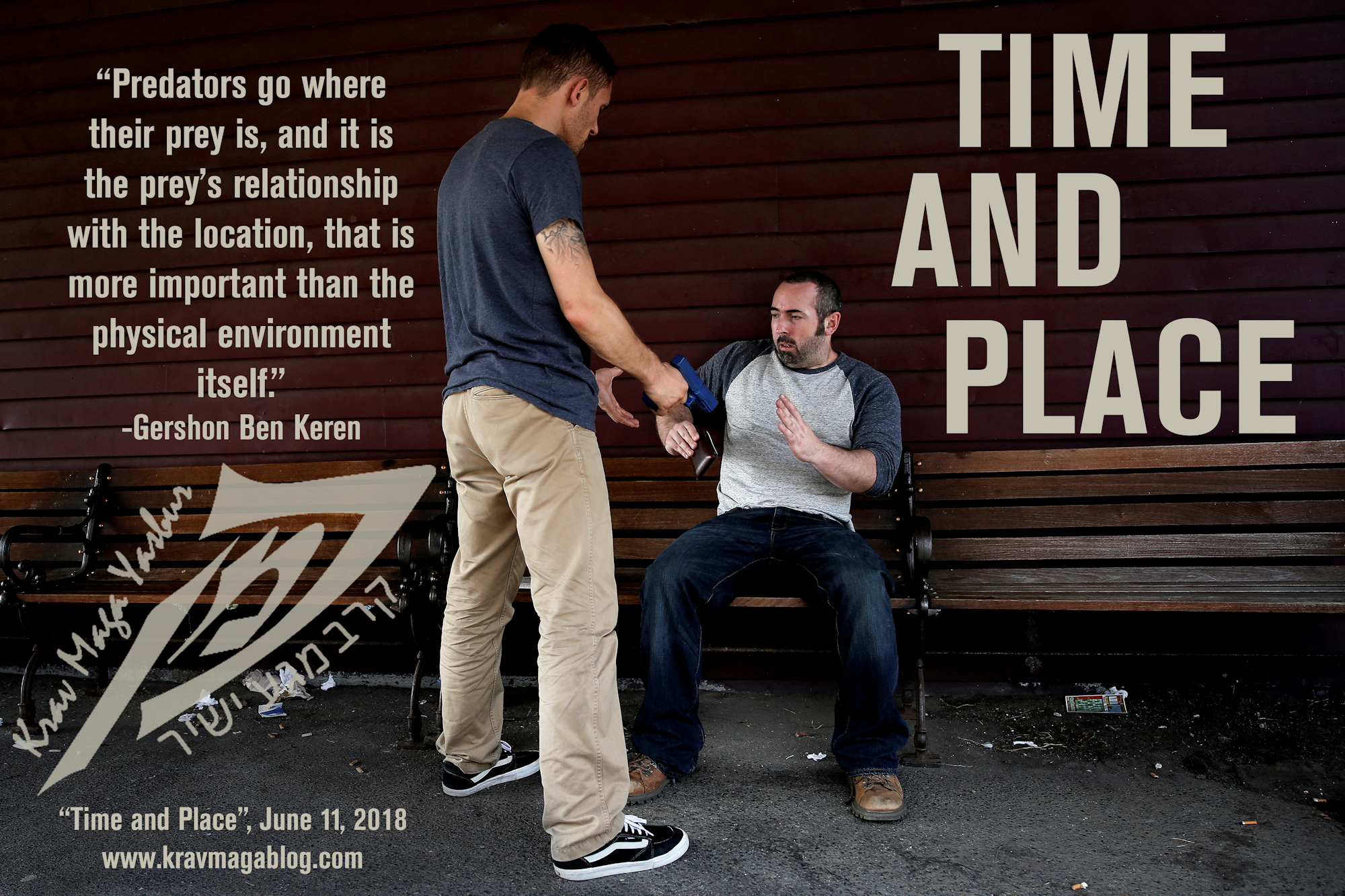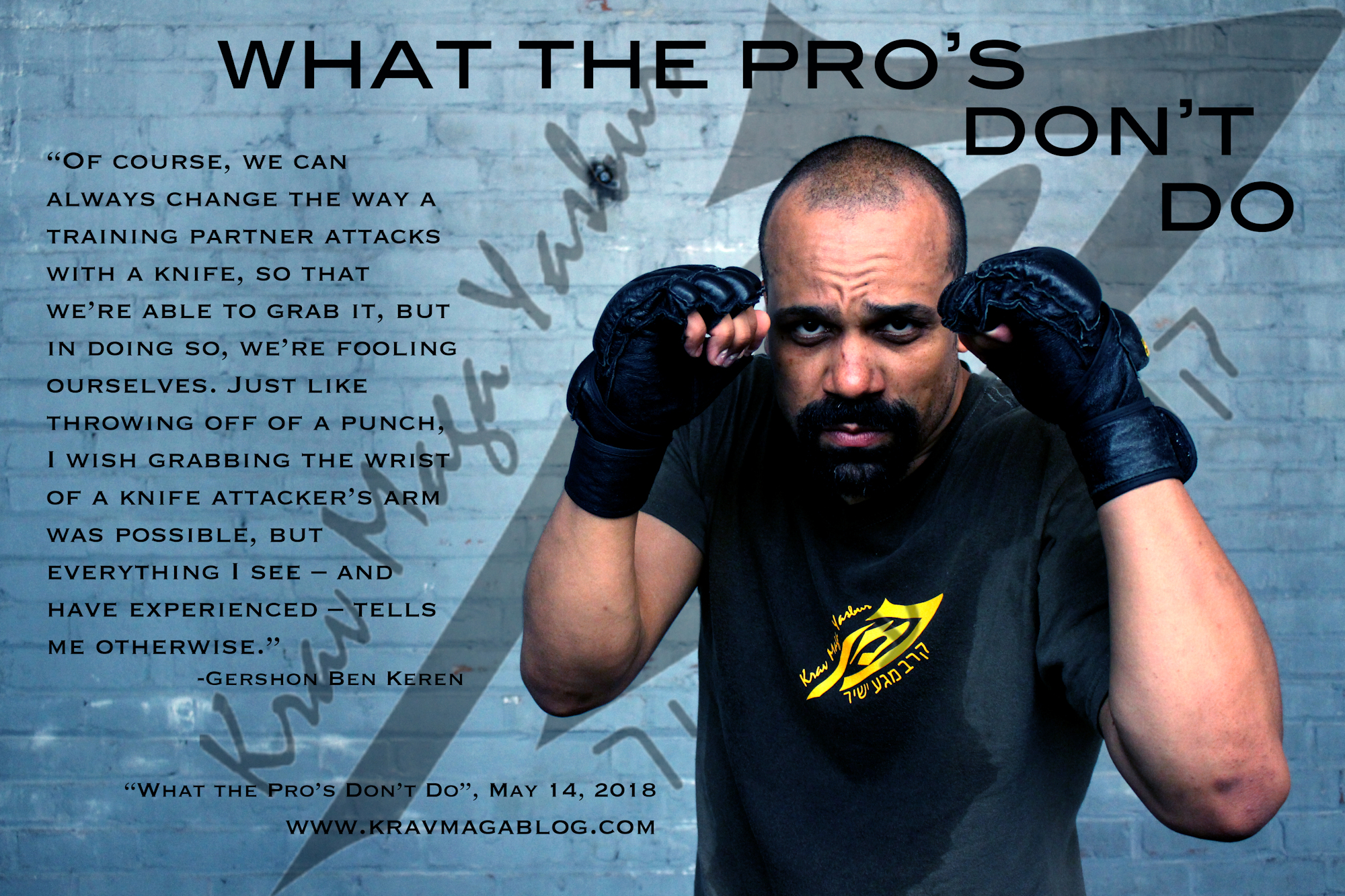Heuristics & Planning, is an article written by Gershon Ben Keren, a 5th Degree Black Belt in Krav Maga, who teaches Krav Maga in Boston, MA. He has also authored three Amazon best-Selling Books on Krav Maga.
Aggressive and violent incidents are fast paced affairs (once you find yourself involved in one - through prediction and early identification, most can be avoided). When we find ourselves in such situations, our first response, after denial and disbelief, in to ask what should I do? One of the things that often separates us from predatory individuals (muggers, robbers, sexual assailants etc.)is that they have a plan, however loose, and we don't. One of the issues that many self-defense and martial arts practitioners have regarding real world violence, is that they confuse techniques with plan. Knowing how to perform a knife disarm, against a mugger, is not a plan, it is a technique; one moment along a timeline. A technique should not be confused with understanding how to handle a situation e.g. a plan would involve, what to do after the disarm, what to do if there is more than one person, what to do if the threat occurs in an enclosed place, such as a bank lobby or an elevator etc. knowing how to perform a weapon disarm is not a plan.
If you talk to anyone involved in security or military operations, and ask them what the most important phase of the operation is, they will tell you planning. Yes, we all know that once a situation kicks off, a plan can go awry, and much of the success will be down to the individuals involved being able to adapt and improvise to the situation - however much of this involves the experience of implementing former plans in similar situations etc. Having plans that can be adapted to different situations should be in every person's personal safety and self-protection toolbox.
To be effective a plan, needs to be simple and efficient, with few if any caveats. It also has to be fluid and adaptable. In violent situations, a plan, should be there to guide a response, rather than as a substitute for actual thinking; there will always be factors in the situations, which need to be taken into account e.g. in a certain situation we may normally plan to comply with an aggressor's demand, such as handing over our wallet to a mugger pointing a gun at our head (that would be our plan) however if our assailant is drugged up, shaking, and has their finger on the trigger, we may be better to alter/change the plan and attempt a disarm - before they inadvertently or deliberately pull the trigger. Our plans have to be fluid, and adaptable to pertinent to information, the situation provides us with.
The way to build such plans is to use heuristics. A heuristic, is a rule of thumb, based on experience. A heuristic that could be used to deal with a mugging scenario could be, comply with the demand, and only attempt a physical solution, should they remain at the scene, after you have complied. This is a good rule of thumb to follow, and it is based on experience - US crime statistics show that physical injury occurs rarely after compliance, compared with those who either refuse to comply or fight back. However the statistics, don't say that physical injury never occurs, and so we must be flexible in our application of the heuristic, and acknowledge that it is their to guide and speed up our decision making process rather than replace it.
To create effective heuristics, we must build effective models of violence, that are based on a correct understanding of how violence occurs. If we believe that muggers will always stab, cut or shoot their victims whether they comply or not, our heuristic would probably be, as soon as someone threatens you with a knife or gun, attempt a physical solution. The statistics, show this is not the safest or most advisable strategy, and compliance in most cases would be a better first option. If are starting assumptions are incorrect, and our models poorly built, then are heuristics will be ineffective and we are likely to make poor decisions.
In personal security and personal safety, planning is everything. We should equip ourselves with the facts, and build heuristics/rules of thumb that can guide our decision making.














